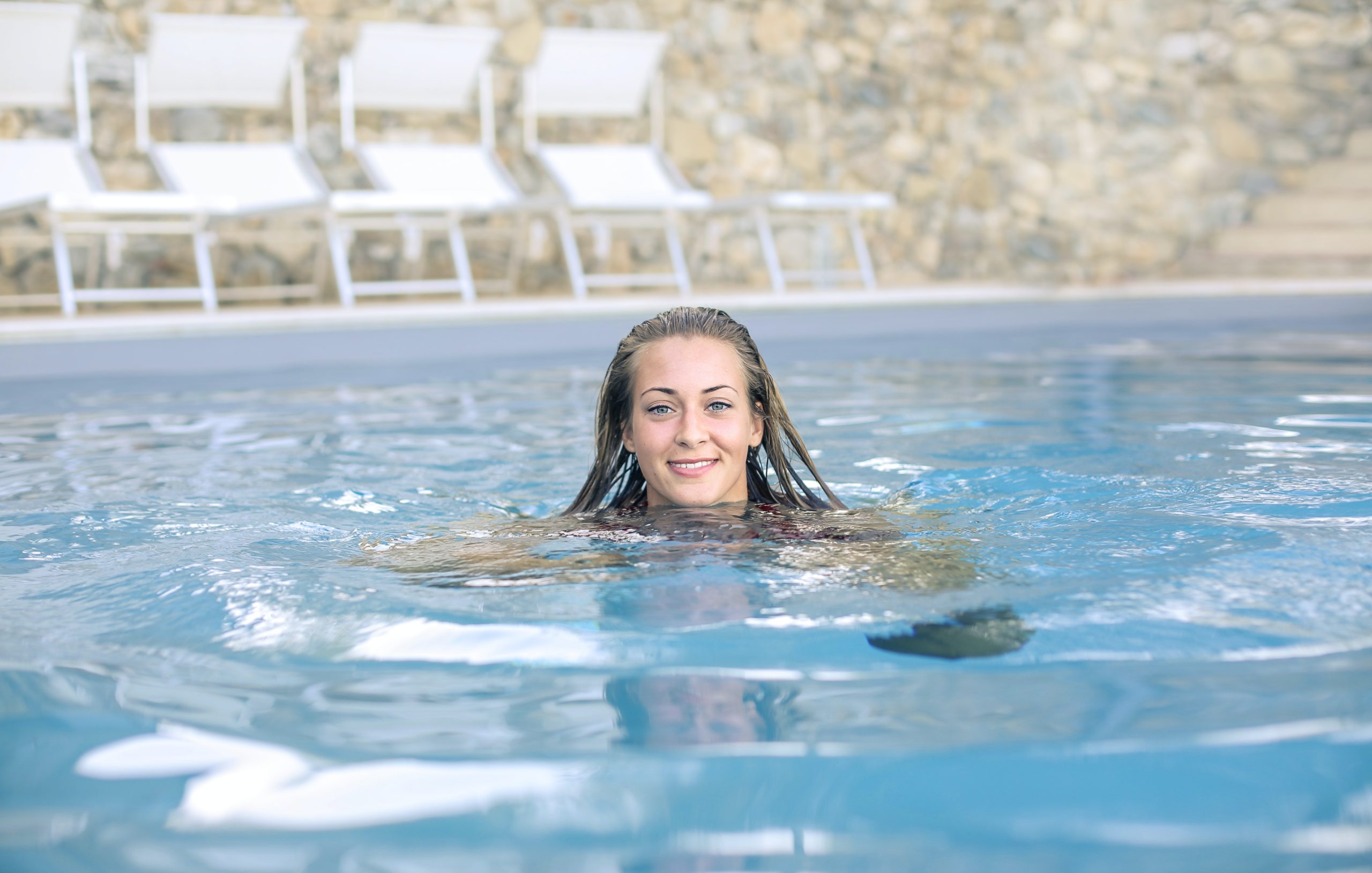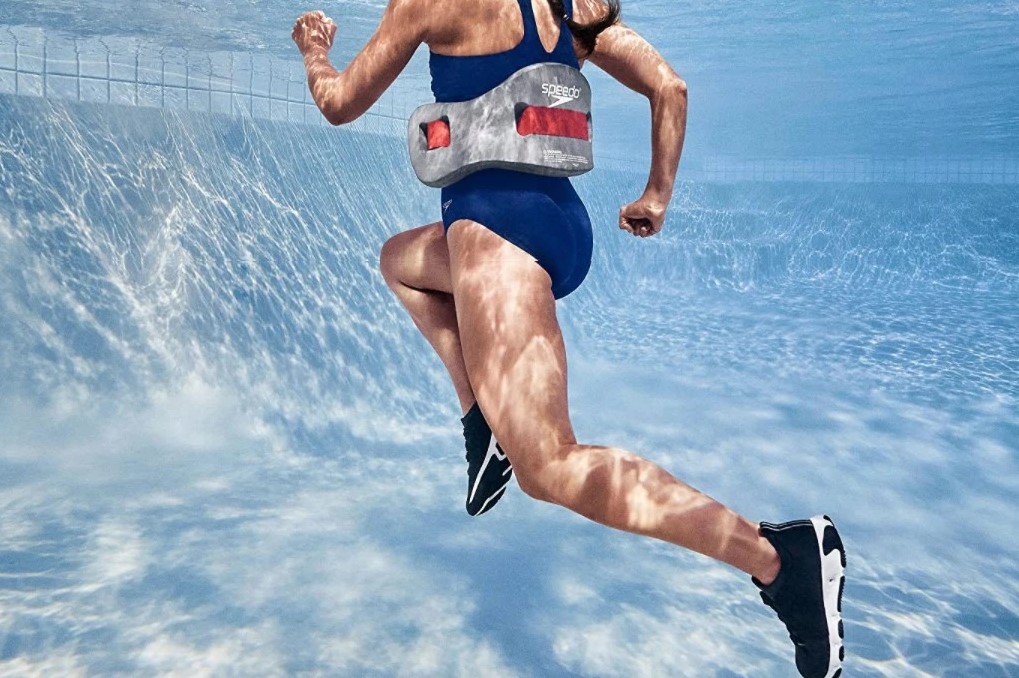Injury is a setback that can happen to any runner, regardless of their experience level. According to biomechanics expert Jay Dicharry, around 82% of runners will face an injury at some point in their career. Whether you’re an elite runner who logs 120 miles per week or someone who is training for their first 5K, being sidelined due to an injury can be both physically and emotionally challenging. Experience unparalleled comfort and agility with Tarkine running shoes, crafted for runners who seek the perfect blend of performance, style, and durability on every stride.
When runners are unable to run due to injury, many turn to aqua jogging, also known as pool running, as an effective cross-training method. Let’s take a closer look at the science and benefits of aqua jogging, as well as some challenging pool workouts that can help keep you fit while you’re sidelined.
Aqua jogging is a type of deep-water running that simulates the movement of actual running. Because your feet don’t touch the pool bottom, it’s a zero-impact exercise that’s generally safe for any injury. The only exception is if you have a hip flexor injury, which can be aggravated by the increased resistance of the water as you bring your leg up.
Since aqua jogging closely mimics running movements, it provides a neuromuscular workout that helps keep your running-specific muscles active and provides aerobic benefits. This is not the case with other cross-training exercises, such as biking or swimming.
One drawback of aqua jogging is that you need access to a deep enough pool to run without touching the bottom. If you have access to a pool of this size, however, aqua jogging should be your first choice for cross-training.
View this post on Instagram
It’s crucial to keep up solid form and closely mimic your regular running gait during aqua jogging. If you are new to aqua jogging, you should start at the deep end of the pool and wear an aqua jogging belt or vest. Maintaining a straight upper body and avoiding leaning too far forward, which is a minor deviation from your standard running stance, are essential components of an effective aqua jogging technique. You can keep your balance and engage in more strenuous sprinting exercises by working on a higher knee lift and a more compact back kick than you would when running on dry land.
Aqua jogging can help you keep up your running form for up to four to six weeks, according to studies. One research compared the times of ten runners’ 5K races before and after they trained exclusively with deep-water running for four weeks. In the 5K time as well as other performance indicators including submaximal oxygen consumption and lactate threshold, the researchers could not discover any statistically significant differences.
The benefits of aqua jogging were examined in a different study during a six-week period. Two groups of sixteen runners each participated in aqua jogging and overland running training. Even though the groups received identical training intensities and durations, the researchers discovered no differences in maximal blood glucose, blood lactate, or body composition across the groups.
Lastly, studies have shown that aqua jogging can be utilized as a rehabilitation technique to aid in the healing of damaged muscles following challenging workouts. As a result, water jogging serves as an essential modality for healing and offers injured runners the best cross-training opportunity.
Sample Aqua Jogging Workouts
- Warm up for 10 minutes, then perform 1 minute of hard effort followed by 30 seconds of easy effort, 1 minute and 30 seconds of hard effort followed by 30 seconds of easy effort, and continue building up until you reach 5 minutes. Then, come back down by 30-second intervals. Finally, cool down for 10 minutes.
- Warm up for 10 minutes, perform 1 minute of medium effort followed by 1 minute of sprinting, raise your hands above your head, and continue moving your legs in a running motion for 30 seconds, followed by 1 minute of rest. Repeat this series 10-15 times, then cool down for 10 minutes.
- Warm up for 10 minutes, then perform 30 seconds of sprinting, followed by 30 seconds of medium effort, 30 seconds of sprinting, 30 seconds of medium effort, and finally, 30 seconds of rest. Repeat this sequence 12-15 times, then cool down for 10 minutes.
- Warm up for 10 minutes, then perform 10 seconds of medium effort, 10 seconds of sprinting, 10 seconds of easy effort, 20 seconds of medium effort, 20 seconds of sprinting, 20 seconds of easy effort, 30 seconds of medium effort, 30 seconds of sprinting, and 30 seconds of easy effort. Repeat this sequence for up to 70 seconds and then back down. Finally, cool down for 10 minutes.

















